Ortho Home Defense Max 3-Step Bed Bug Solution System
$52.97 Original price was: $52.97.$45.53Current price is: $45.53.
Sleep better tonight with the Ortho Home Defense Max 3-Step Bed Bug Solution System. Start with low-profile traps that use a scent lure active for about two weeks to confirm where bugs are moving, then spot-treat seams, frames, and baseboards with the Comfort Wand spray that is labeled to kill even pyrethroid-resistant bed bugs and their eggs. Finish by dusting cracks and crevices with the long-lasting powder that keeps working in undisturbed areas for up to eight months. It is a simple detect, treat, and protect plan you can follow with confidence.
Description
Sleepless and second-guessing every tickle on your skin is no way to live. The Ortho Home Defense Max 3-Step Bed Bug Solution System bundles the essentials you actually need right now. You get Step 1 detection traps to confirm activity, Step 2 room treatment with a Comfort Wand spray that is labeled to kill even pyrethroid-resistant bed bugs and their eggs, and Step 3 crack-and-crevice powder that keeps working for months in spots sprays miss.
Key Customer Benefits
- Confirms activity fast, so you do not waste effort. The Step 1 Ortho Bed Bug Trap uses a scent lure that lasts about two weeks and is designed for early detection in bedrooms or travel settings, so you can verify bugs before you launch a full treatment. Independent guides emphasize that traps are for detection rather than total control, which helps set realistic expectations.
- Knocks down tough strains and eggs where they hide. The Step 2 spray in this bed bug treatment kit is labeled to kill even pyrethroid-resistant bed bugs as well as eggs, and it is intended for spot treatments on frames, seams, tufts, folds, and baseboards. That combination targets the places you actually see activity at home.
- Easy, controlled application that reduces hand fatigue. The Comfort Wand provides one-touch, continuous spray for smoother passes along baseboards and furniture edges, which makes it easier to treat systematically without pumping or squeezing a trigger repeatedly.
- Long-lasting protection in cracks and crevices. The Step 3 powder is a desiccant dust used in hidden gaps and voids that stays active for a long window, listed by the manufacturer as up to eight months in undisturbed areas. University extensions note that insecticidal dusts like diatomaceous earth or silica gel provide durable residual when placed correctly.
- Fits real integrated bed bug plans. Extensions and EPA guidance recommend combining detection, precise spot treatments, and crack-and-crevice dusts, along with non-chemical steps such as encasements and heat for linens. Using the three Ortho components together aligns with that multi-tool approach and avoids overreliance on any single method.
- Practical for low to moderate infestations, and honest about limits. Interceptors and monitors may need a week or more to reveal low-level populations, and dusts can take time to work, so you get a realistic timeline and can decide when a professional is warranted for heavy, widespread cases.
Product Description
What this bed bug spray is
The Ortho Home Defense Max 3-Step Bed Bug Solution System bundles three essentials that cover detection, room treatment, and long-lasting crack-and-crevice protection. Step 1 uses small bed bug traps with an integrated lure for early confirmation. Step 2 is an indoor bed bug spray with the Comfort Wand for controlled spot treatments on frames, seams, tufts, folds, and baseboards. Step 3 is a bed bug powder for voids and tight spaces that keeps working in areas sprays miss. In Ortho’s lineup, the trap is clearly labeled as Step 1, the spray as Step 2, and the powder as Step 3.
How it works in homes
Start by placing the traps near the headboard, bed legs, and seating areas to check for activity. The attractant inside each trap is designed to remain active for up to two weeks, which gives you a realistic monitoring window at the start and after follow-up cleaning.
If a trap confirms activity, move immediately to spot treatments with the Comfort Wand spray on the listed sites where bed bugs hide. Finish by puffing a thin layer of powder into cracks, crevices, and wall voids to create a long-lasting barrier in undisturbed areas. This staged approach mirrors what extensions and EPA guidance call integrated pest management, where you verify the problem, treat precisely, and use durable residuals only where they belong.
Why it is effective and different
Targeted detection. The traps are for early detection and travel checks, not total control, which aligns with university guidance that monitors help reveal low-level infestations and confirm that treatments are working. You are not guessing whether the bumps are bed bug bites. You are checking the places bugs actually cross.
Power against tough strains and eggs. Ortho’s Step 2 spray is labeled to kill even pyrethroid-resistant bed bugs and their eggs. Several product pages in the Ortho family emphasize this claim and specify spot treatment on frames, mattress seams, and baseboards. That matters because resistance is a real field problem that undermines many generic sprays when used alone.
Long residual where sprays cannot reach. The Step 3 powder provides protection in cracks and voids for months when left undisturbed. Desiccant dusts such as diatomaceous earth or silica gel work by damaging the insect’s protective cuticle, which leads to dehydration. Peer-reviewed and extension sources have documented durable performance of desiccant dusts when applied correctly, and Ortho’s retail listings highlight long control intervals in hidden spaces.
Fits best practice, not a quick fix. EPA’s do-it-yourself guidance stresses combining multiple methods such as monitors, careful spot treatments, heat for linens, encasements, and crack-and-crevice dusting rather than relying on a single product. This kit lines up with that playbook, so you can build a routine that is realistic and repeatable.
Product Specifications
| Spec | Step 1 – Ortho Home Defense Max Bed Bug Trap | Step 2 – Ortho Home Defense Max Bed Bug, Flea & Tick Killer with Comfort Wand | Step 3 – Ortho Home Defense Max Bed Bug & Flea Killer Powder |
|---|---|---|---|
| What it is | Low-profile detection trap with an integrated lure for early confirmation at home or during travel. | Ready-to-use indoor spot-treatment spray delivered through Comfort Wand for precise application. | Crack-and-crevice powder for long-lasting control in hidden gaps and voids. |
| Package contents and size | 2 traps per pack. | 1 gallon bottle with battery-powered Comfort Wand, model 0212710. | 12 ounce squeeze bottle. |
| Active ingredients | Trap uses an attractant lure, no insecticide listed. | Bifenthrin 0.25 percent, Imidacloprid 0.050 percent, Piperonyl Butoxide 0.45 percent. | Deltamethrin 0.05 percent. |
| Key performance notes | Lure remains active for about two weeks, use both traps for best results. | Labeled to kill even pyrethroid-resistant bed bugs and their eggs, for spot treatments on frames, mattress seams, tufts, folds, and baseboards. | Provides long control when left undisturbed, retailer listings state up to eight months in treated crevices. |
| Primary use sites | Near headboards, bed legs, and seating to detect activity at home or in hotels. | Indoor surfaces around bed frames, baseboards, headboards, walls, mattress seams and vent holes, box spring joints, and luggage, not on bedding or toys. | Cracks, crevices, wall-floor gaps, behind baseboards, and other inaccessible voids that sprays may miss. |
| Coverage | Detection only, number of rooms covered depends on placement density around beds and seating. | Not stated by manufacturer, apply as a spot treatment to listed sites, repeat every two weeks while bed bugs are present per label. | Not stated by manufacturer, apply a light, even layer in hidden voids, do not over-apply. |
| Safety and cautions | Follow placement directions, dispose of closed trap in a sealed bag if bugs are present. | Harmful if swallowed, do not apply to bed linens or surfaces that contact occupants, keep people and pets out until spray is dry, do not use on stuffed toys, do not broadcast on entire surfaces. | Avoid contact with eyes and skin, for indoor cracks and crevices only, follow all label directions. |
| Label and documentation | Ortho trap product page with usage guidance. | Ortho product page lists actives and use directions, full label PDF shows restrictions and step-by-step Comfort Wand setup. | Ortho powder page lists active and use, retailer pages summarize longevity claims. |
| How it fits the system | Step 1, confirm activity before and after treatment. | Step 2, treat listed hiding places precisely. | Step 3, create a persistent barrier in gaps and voids. |
| Helpful EPA context | Monitors and interceptors help verify low-level infestations and track progress. | EPA advises combining careful spot treatments with non-chemical steps like hot dryer cycles for linens. | Dusts in tight spaces add durable residual when used correctly, as part of an integrated plan. |
How to Use the Ortho Home Defense Max 3-Step Bed Bug Solution System
Before you start
1) Strip the bed and bag linens, pillowcases, skirts, and recently worn clothes. Run them in a dryer on high heat for about 30 minutes first, then wash and dry again. Heat is the reliable kill step for bed bugs and eggs on fabrics, and EPA guidance is clear that washing alone will not do it. Keep cleaned items sealed until the room is treated.
2) Declutter around the bed so you can reach seams, joints, and baseboards. Typical hiding places include mattress tape edges, box spring joints, headboard mounting points, screw holes, wall to floor gaps, the underside of carpet along walls, and behind pictures or outlet plates.
3) Open windows for airflow if possible, turn off fans that could blow dust, and keep kids and pets out of the area until sprays are dry and dusting is finished. The Ortho label instructs indoor use only and to keep people and pets out until the spray has dried.
Step 1: Confirm activity with the Ortho Bed Bug Trap
Activate each trap by pressing the button, then place near the head of the bed, by bed legs, and near seating where people rest. Use both traps at the same time for better coverage. The attractant is active for two weeks, and the insert advises replacing every two weeks for ongoing detection. The trap is for monitoring and confirmation, not for full control, which is consistent with best practice.
Check the viewing window periodically. If you see nymphs or adults, continue with Steps 2 and 3, and keep a fresh set of traps in place after treatment to track progress. Dispose of a used trap in a sealed bag if it contains bugs.
Set one trap at the headboard side and one by a favorite chair. In low-level cases, the first catches are often tiny nymphs gathered near where people rest. That early confirmation tells you where to focus your first pass.
Step 2: Spot-treat hiding places with the Comfort Wand spray
What you will treat: bed frames and joints, headboards, box spring seams and vent holes, mattress seams, tufts and folds, baseboards and wall edges near sleeping areas, and luggage if there is evidence of bugs. Ortho’s label and product page specify spot treatments to those sites, and the front label notes you may reapply every two weeks while bed bugs are present. Do not spray linens or items that touch skin.
How to set up and apply:
- Insert the hose into the cap spout and twist the spout to On, then use the Comfort Wand trigger for a controlled, continuous pass along edges and seams. Follow the manufacturer’s connection and use steps. (Manuals Plus)
- Move slowly along seams and joints until surfaces are lightly damp, not dripping. Hit screw holes, slat supports, and the back of the headboard. Keep people and pets out until the spray has dried.
- Plan on a follow-up pass in about two weeks if traps or inspections still indicate activity, which aligns with the label’s reapplication guidance while bed bugs are present.
Why this step matters: the spray is labeled to kill even pyrethroid-resistant bed bugs and eggs, which is a real-world issue seen in many apartment and travel introductions. You are using it precisely where bugs hide, not broadcasting across whole surfaces.
Step 3: Dust cracks and crevices for long-lasting control
Where to dust: wall to floor gaps behind the headboard, baseboard to drywall seams, inside bed frame voids and screw holes, the underside of furniture where two surfaces meet, and other tight voids that sprays cannot reach. Apply a thin, even layer using the bottle or a hand duster. Ortho’s instructions emphasize crack and crevice applications and light, uniform dusting.
How to dust safely and effectively:
- Cover or remove food-prep items before indoor dusting, then apply a light puff directly into cracks and voids. Do not mound dust on open surfaces. After treatment, wash any food-contact surfaces before use.
- Aim for an almost invisible film. University and state extension guidance highlights that desiccant dusts and residual crack-and-crevice treatments work best as thin layers that bugs must crawl through. Rutgers also notes that dusting in the right places can outperform casual over-the-counter spray use.
- Leave dust undisturbed. Many retailer and extension resources report long control windows when dust remains in place inside cracks and voids. Keep vacuuming to accessible surfaces only and avoid pulling dust from seams you intentionally treated.
Clean up, reassembly, and follow-through
Once sprayed areas are dry, make the bed with encasements on the mattress and box spring if you have them. New York State Health advises encasements to cut off hiding sites and make inspections easier.
Return laundered items to the room. If you bring items back from travel or from a thrift haul, run them through a hot dryer cycle before they reenter the closet. EPA and university pages stress that dryer heat is a dependable kill step for small introductions.
Keep traps in place for at least two weeks after treatment and replace as directed. Fresh traps help confirm that nymphs are not reappearing.
When to repeat
If traps still catch bugs after two weeks and a careful re-treat, repeat the cycle and widen your search to adjacent rooms, sofas, and closets. Bed bugs often spread along baseboards and through shared walls.
Heavy, widespread infestations usually require professional heat treatment or a comprehensive multi-visit plan. EPA notes that professionals have access to more intensive methods that achieve whole-room temperatures that are difficult to reach with household equipment.
Safety, storage, and disposal at a glance
- Indoor use only. Keep people and pets out until sprayed surfaces are dry. Do not broadcast spray over entire surfaces or spray bed linens.
- Store the product in its original container and keep from freezing. Never pour unused product down a drain. Follow the label’s first-aid and disposal instructions if a spill or ingestion occurs.
If you follow this routine, you are combining monitoring, targeted spot treatment, and crack and crevice dusting with heat for fabrics, which is the integrated plan that EPA and university extensions recommend for realistic, at-home control.
Frequently Asked Questions
Do the Ortho traps actually work, or are they just a gimmick?
They are useful for detection and monitoring, not for full eradication. Ortho states each Home Defense Max Bed Bug Trap is Step 1 in the system and the lure is active for two weeks, which helps you confirm activity before and after treatment. Retailer Q&A mirrors the two-week guidance. Forum users often caution not to rely on traps alone, which aligns with best practice to pair monitors with targeted treatment and laundry heat.
How long until I know whether I still have bed bugs after I start?
Give it at least two weeks between passes. Keep traps out the entire time. If you continue to catch nymphs or adults after a careful re-treat, widen the inspection and repeat. This cadence lines up with Ortho’s two-week reapplication note and the reality that eggs can hatch between visits.
Can I spray the mattress and linens?
Treat mattress seams, tufts, folds, edges, and vent holes with the spray, but do not spray bed linens or items that contact skin. Bag linens, then run them in a hot dryer for about 30 minutes before washing and drying again. EPA emphasizes that dryer heat kills bed bugs and eggs, while washing alone may not.
Does the spray work on resistant strains and eggs?
Yes, the Ortho Home Defense Max Bed Bug, Flea & Tick Killer is labeled to kill pyrethroid-resistant bed bugs and eggs when used as a spot treatment on frames, mattress seams, folds, and baseboards. That resistant-strain claim appears across Ortho’s product pages and label materials.
How do I set up the Comfort Wand if it is not spraying?
Make sure you removed the pull strip to activate the batteries, the wand is unfolded until it locks, the hose is fully seated, and the cap is turned to On. These are the manufacturer’s setup steps shown on the label insert. If flow still seems weak, re-prime by holding the trigger for several seconds.
Where should the powder go, and how long does it last?
Use the Home Defense Max Bed Bug & Flea Killer Powder in cracks and crevices that sprays miss, such as wall-floor gaps, bed frame voids, screw holes, and behind baseboards. Ortho lists up to eight months of control in undisturbed areas. Extensions and forums note that desiccant dusts work best as very thin films that bugs must crawl through, and patience is required.
Is diatomaceous earth the same as this powder?
No. Ortho’s powder uses deltamethrin, a conventional insecticide dust, not diatomaceous earth or silica gel. Forums frequently discuss silica gel versus DE, and EPA cautions to use EPA-registered desiccants only and not pool or food-grade DE. The key takeaway is to follow the label for the product you have, apply lightly in cracks, and avoid creating airborne dust.
Can I expect the traps to catch bugs “in under an hour” like some ads suggest?
Treat that as optimistic marketing for detectability, not a guaranteed timeline. Manufacturer pages emphasize a two-week lure life and using traps for confirmation. Forum threads report mixed experiences and reiterate that traps are part of a broader plan, not a stand-alone fix.
How often should I reapply the spray?
The label indicates you may reapply about every two weeks while bed bugs are present. Keep monitoring with traps and continue heat-treating fabrics each cycle.
Is this safe around kids and pets?
Use indoors only and keep people and pets out of treated areas until surfaces are dry. Apply powders only in cracks and crevices, avoid open surfaces, and clean food-contact areas after dusting nearby. These are standard label precautions and good practice for any indoor insecticide.
I live in an apartment. Will this system be enough?
It can help with low to moderate activity inside your unit if you follow the full routine, but multi-unit housing often needs coordinated management. EPA notes professionals can apply building-wide methods, including whole-room heat that is not feasible with typical home equipment. If traps keep catching bugs after two cycles, talk to management about a professional plan.
What else should I do besides spray and powder?
Run bedding and clothes in a hot dryer for 30 minutes, use encasements for mattresses and box springs, reduce clutter, and keep interceptors or traps deployed to verify progress. Ortho’s how-to guide and EPA’s DIY pages both endorse combining monitoring, precise spot treatments, crack-and-crevice protection, and heat for fabrics.
Conclusion
If bed bugs have turned sleep into guesswork, the Ortho Home Defense Max 3-Step Bed Bug Solution System gives you a practical plan you can follow tonight. Start with Step 1 traps to confirm where activity is happening during that two-week lure window. That evidence tells you exactly where to focus.
Move to Step 2 spray for careful spot treatments on the places bugs actually hide. Ortho’s label language and product page explicitly call out pyrethroid-resistant bed bugs and eggs, which is why this step matters when standard sprays disappoint. Treat seams, tufts, folds, frame joints, headboards, and baseboards, then let everything dry before re-entering. Recheck in about two weeks and repeat if traps or inspections still show activity.
Finish with Step 3 powder in cracks and crevices. Leave a light, even dusting in undisturbed voids so it keeps working for months while you monitor. Do not mound it on open surfaces. Think of it as your longer-term insurance in the gaps a liquid cannot reach.
Related products
-
ZappBug Room Bed Bug Heater for Beds and Couches: Large-Capacity DIY Heat Chamber
$1,695.00 Buy Now -
Sale!
Bed Bug Spray Extra Strength 24 oz + Disposable Coveralls Medium Bundle
$39.74Original price was: $39.74.$35.76Current price is: $35.76. Buy Now -
Harris Queen Bed Bug Proof Mattress Encasement, Waterproof Protector
$31.99 Buy Now -
Portable Electric Bed Bug Heater, 19,659 BTU ePro 400 Bundle for 400 sq ft Rooms
$1,999.00 Buy Now

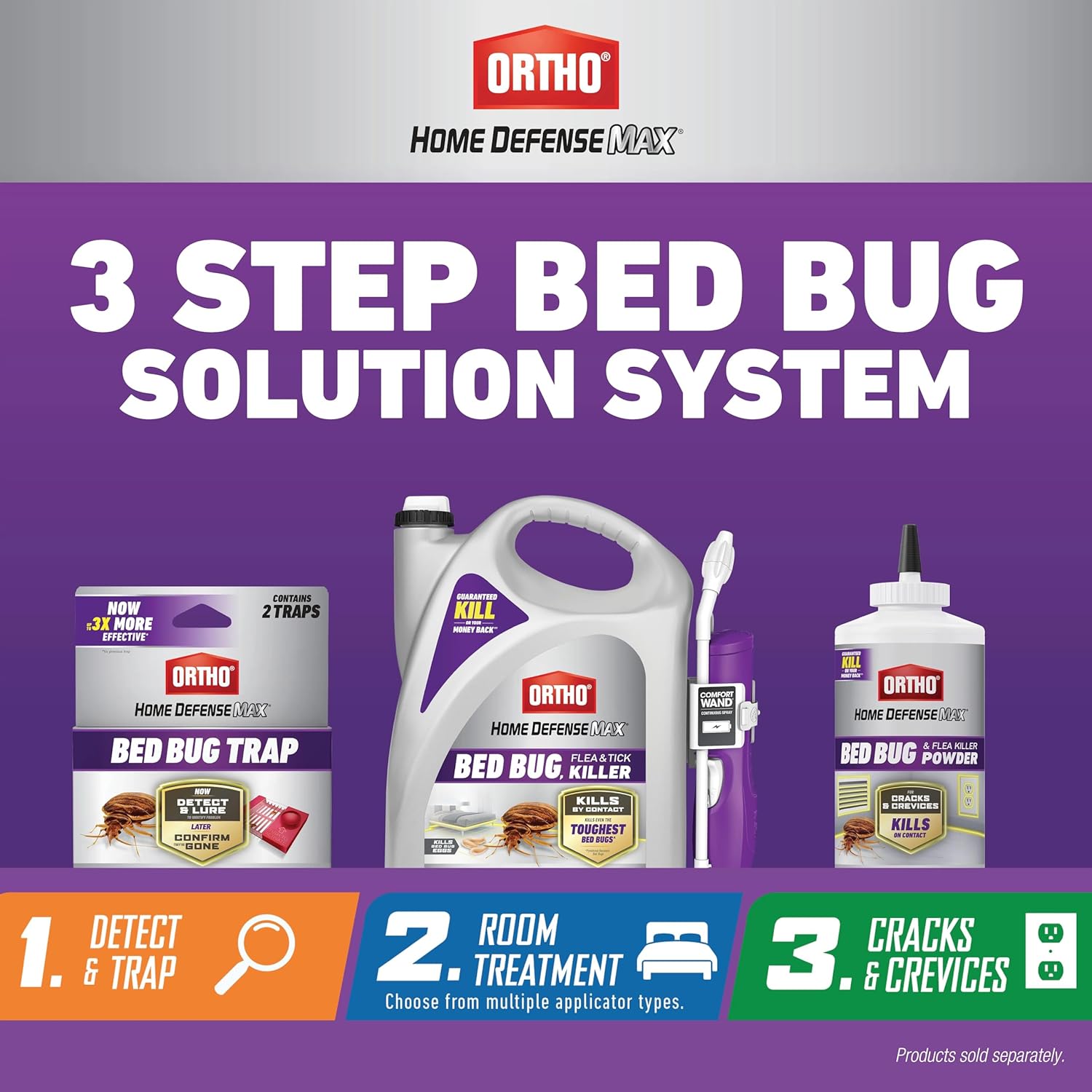
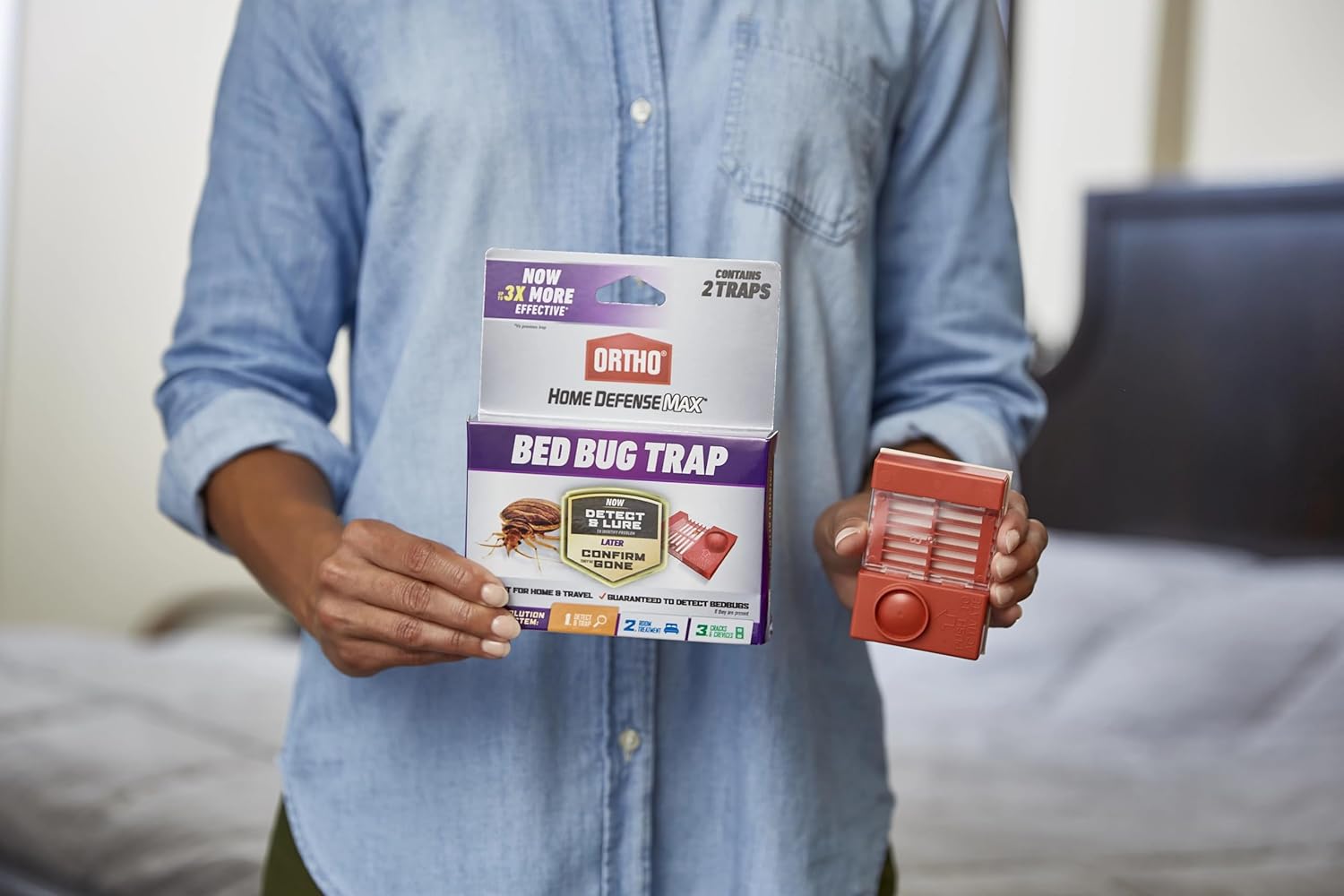
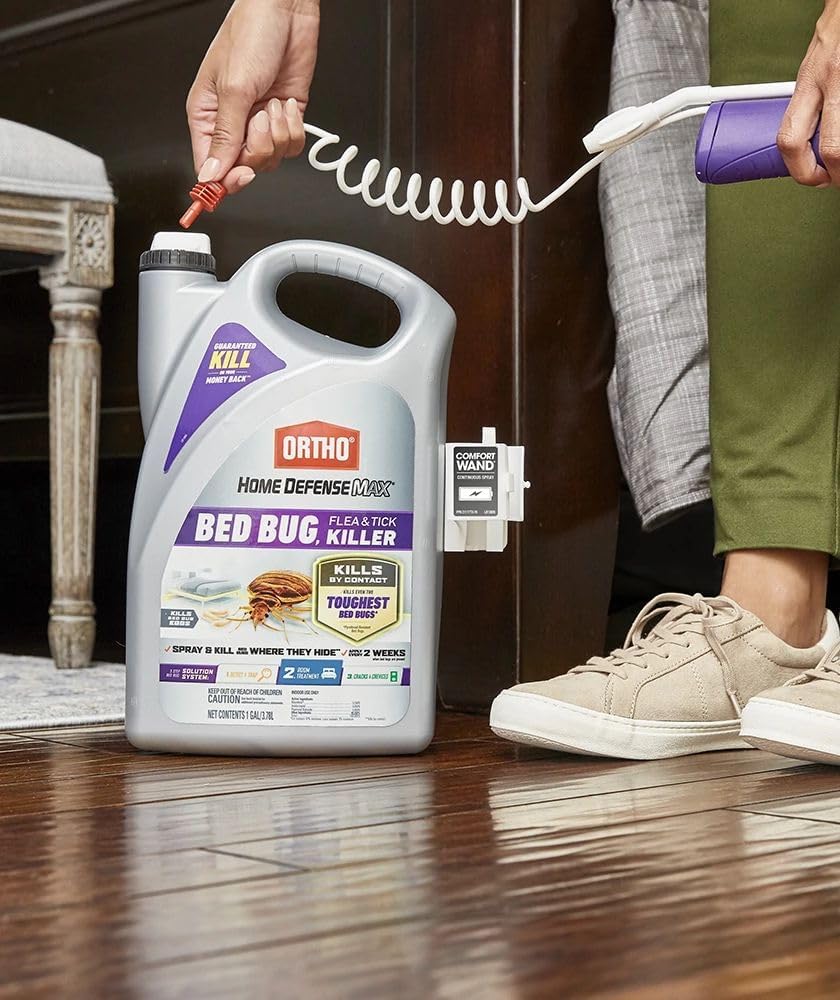
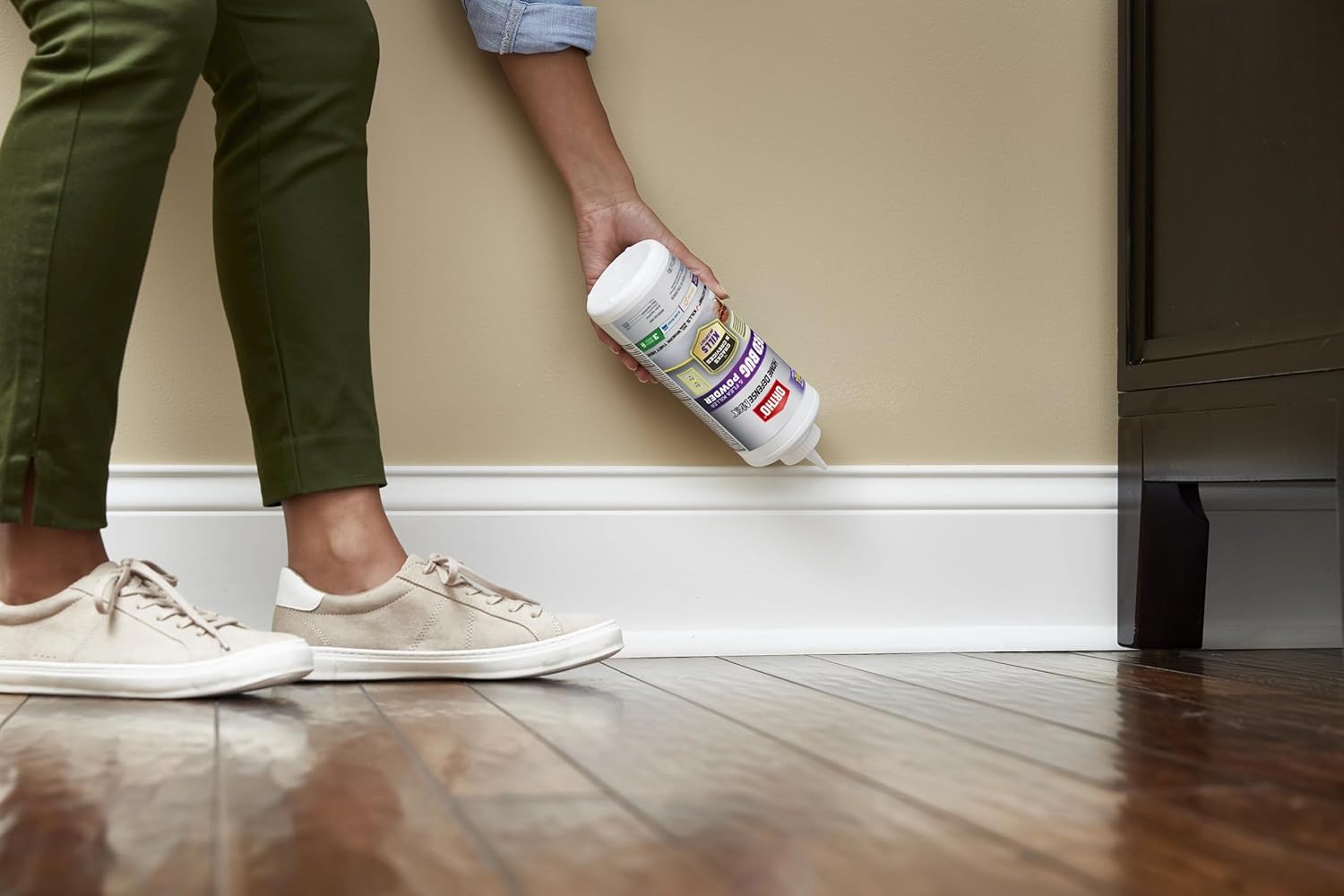
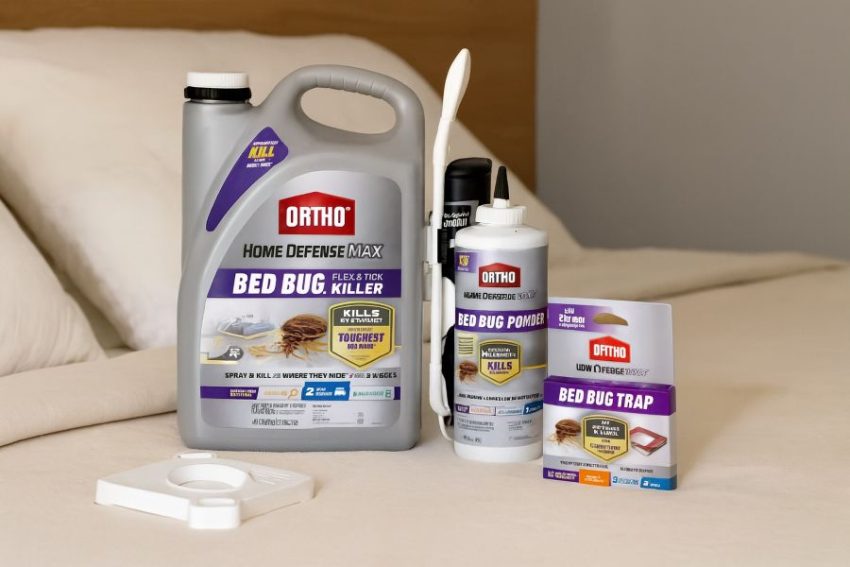
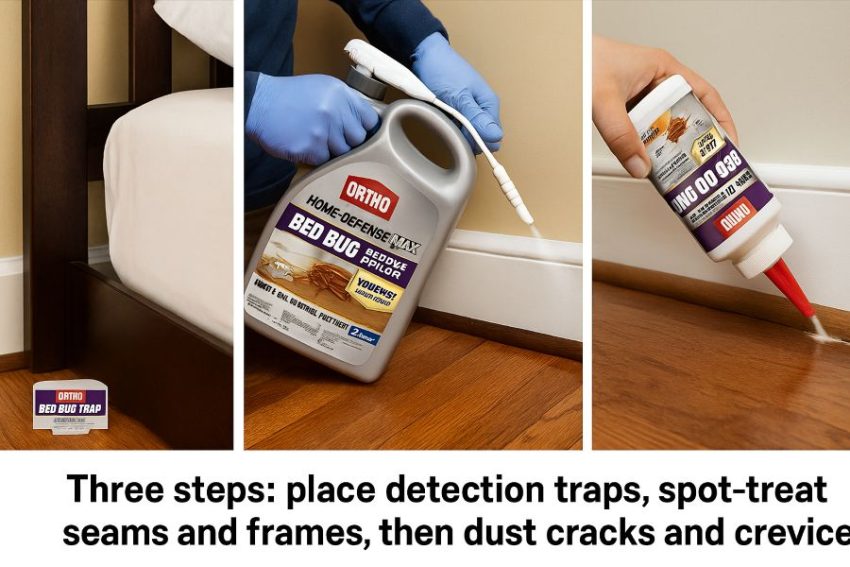
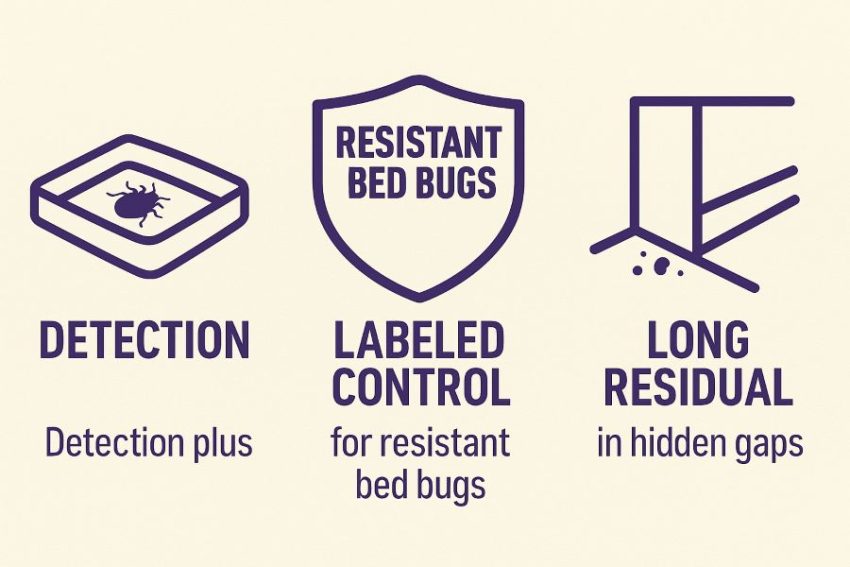
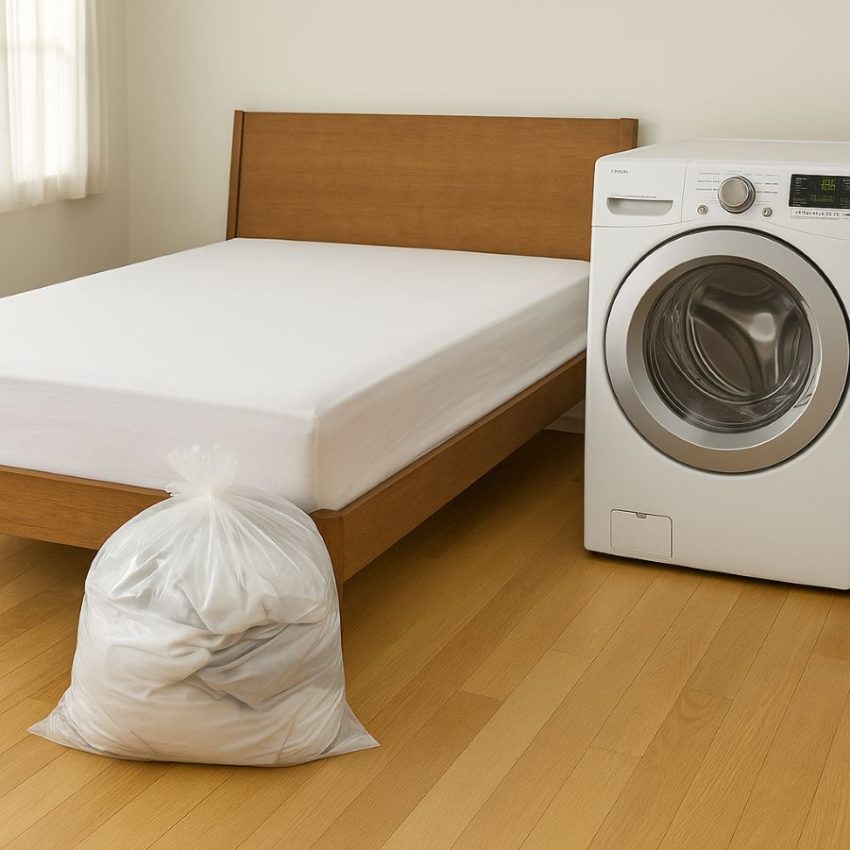
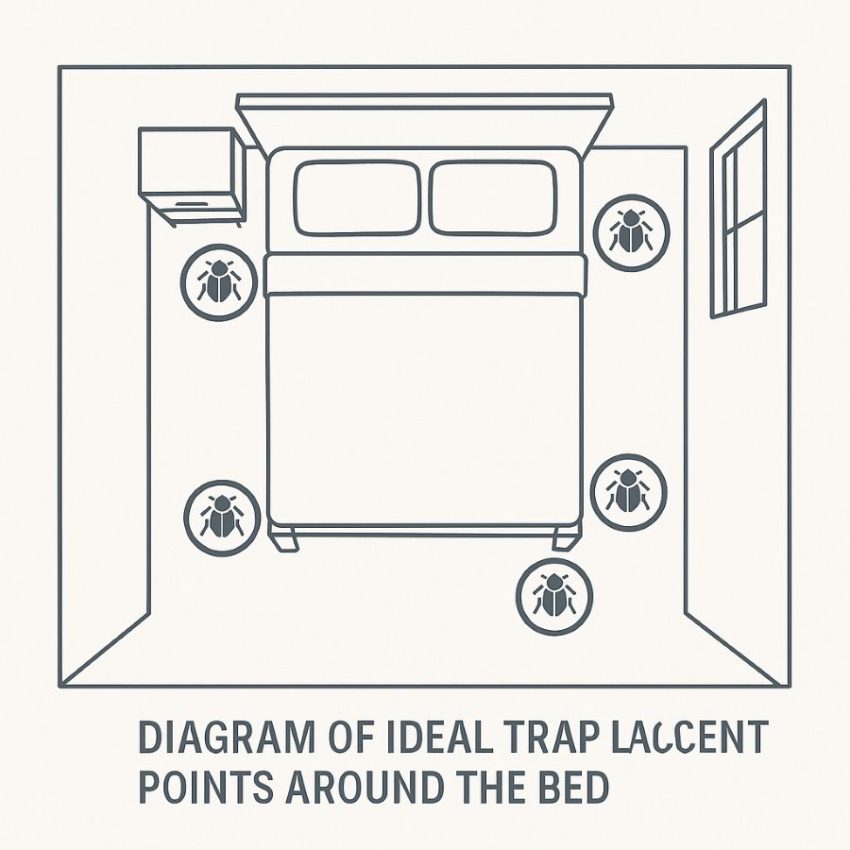
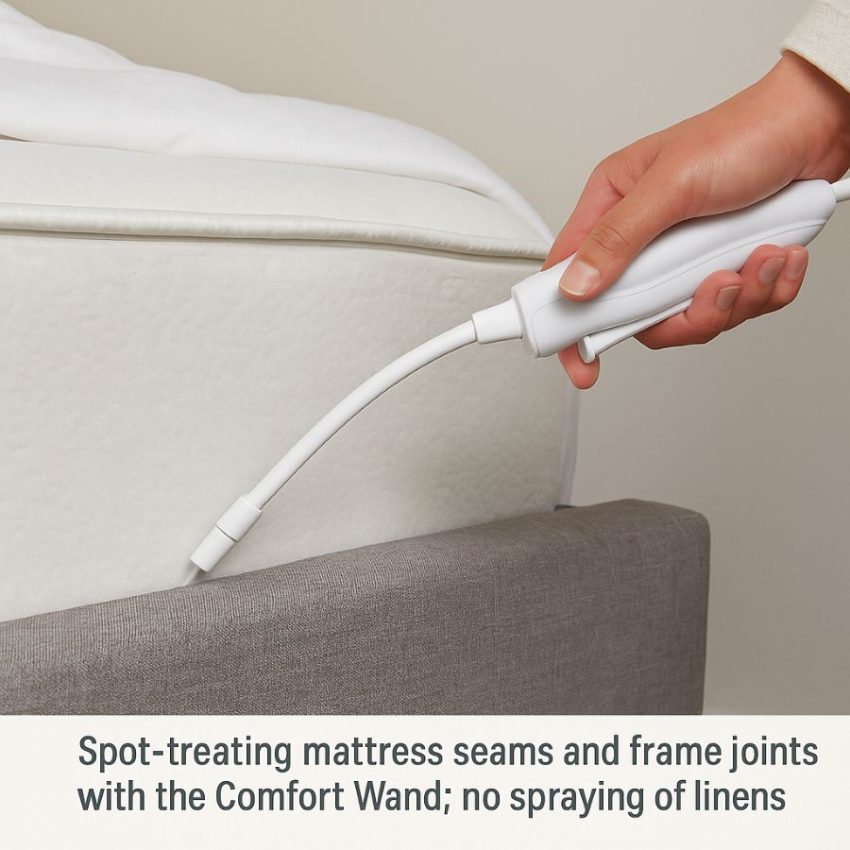
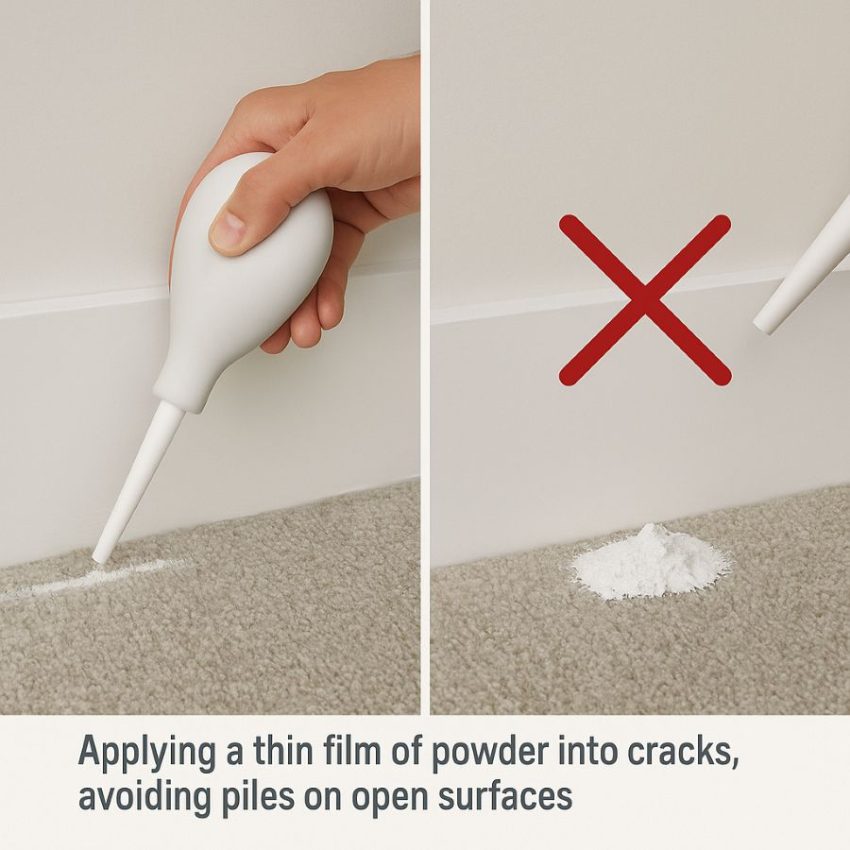
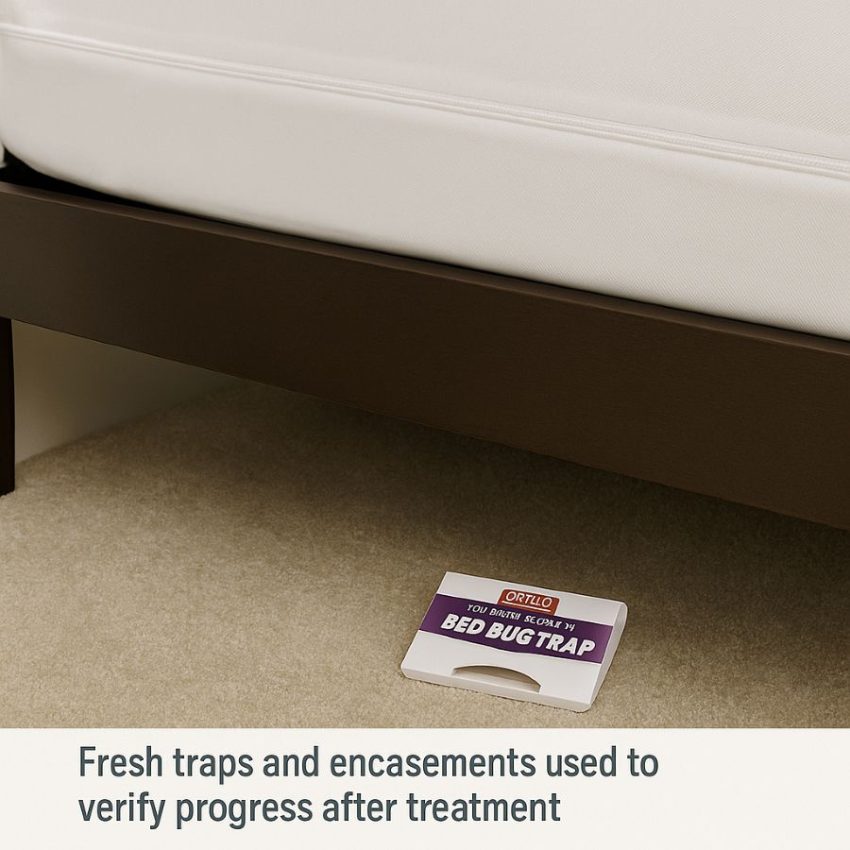
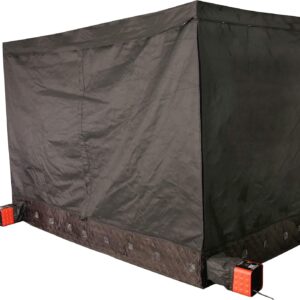
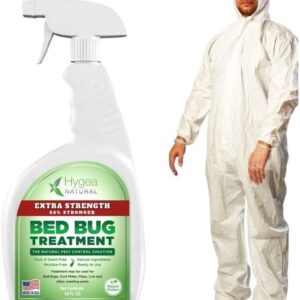
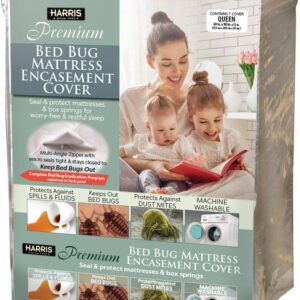
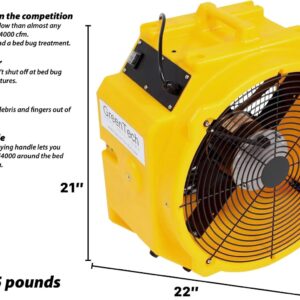
Reviews
There are no reviews yet.